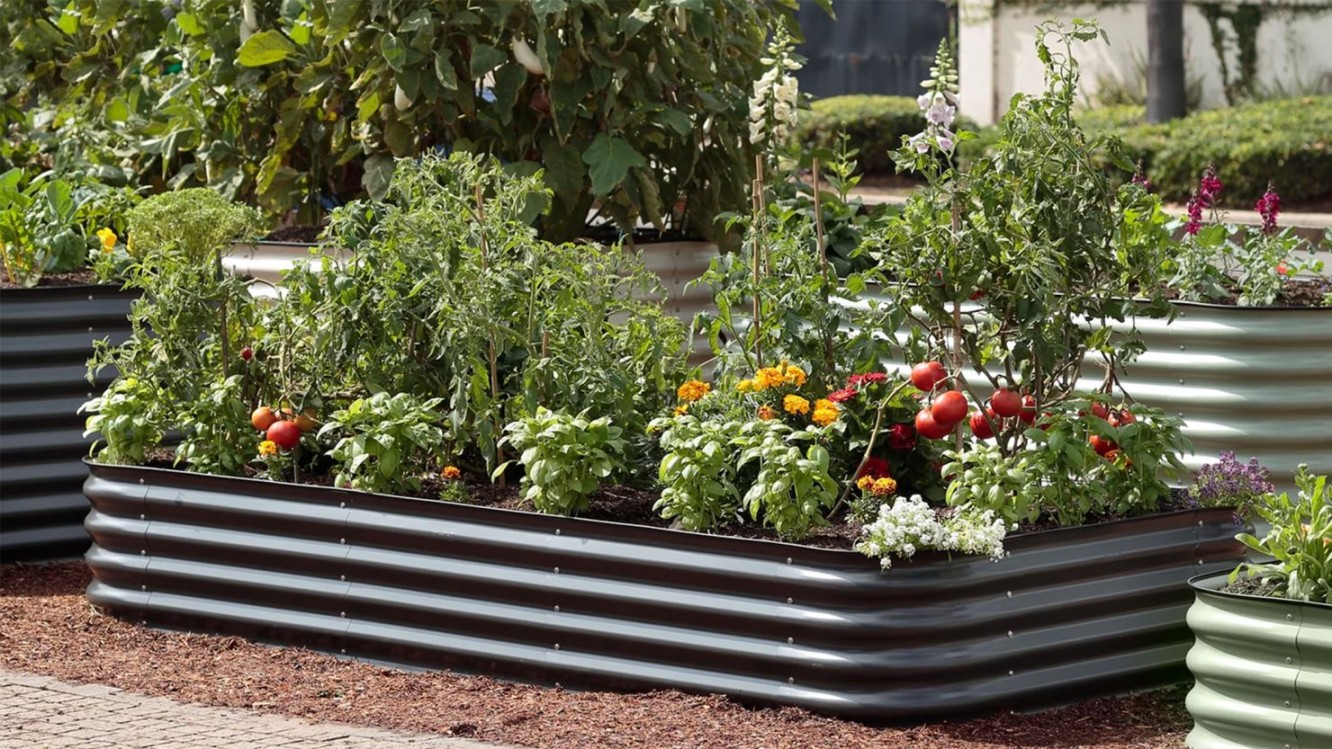Best Raised Beds for Your Garden
Raised beds have become increasingly popular among gardeners for various reasons. They offer numerous advantages over traditional gardening methods, including improved soil drainage, earlier harvests, and easier maintenance. However, with so many options available, choosing the best raised bed for your specific needs can be overwhelming. In this article, we will explore some of the best raised bed materials and designs to help you make an informed decision.
Wood:
Wood is a classic and popular choice for raised bed construction. It’s readily available, relatively affordable, and offers a natural aesthetic appeal. Cedar and redwood are excellent options due to their durability and resistance to rot. However, wood requires regular maintenance, such as sealing or painting, to prolong its lifespan.
Metal:
Metal raised beds, often made from galvanized steel or aluminum, are durable and long-lasting. They are resistant to pests, rodents, and decay, making them a low-maintenance option. Metal beds can be customized to various sizes and shapes, and they can be easily moved around the garden. However, they can be more expensive than wood or plastic options.
Plastic:
Plastic raised beds are lightweight, affordable, and easy to assemble. They are available in a wide range of sizes and colors, making them a versatile choice for any garden. Plastic beds are also resistant to rot and decay, requiring minimal maintenance. However, they may not be as durable as wood or metal beds, and they can be susceptible to damage from extreme weather conditions.
Concrete:
Concrete raised beds are extremely durable and long-lasting. They are resistant to pests, rodents, and harsh weather conditions, making them a low-maintenance option. Concrete beds can be customized to any size or shape and can be integrated into various garden designs. However, they can be heavy and difficult to move, and they may require professional installation.
Design Considerations:
When choosing a raised bed design, consider factors such as the size of your garden, the types of plants you want to grow, and your personal preferences. Popular raised bed designs include:
Additional Tips:
Conclusion:
By carefully considering the materials, design, and maintenance requirements, you can choose the best raised bed for your garden. Whether you opt for a classic wooden bed, a durable metal bed, or a versatile plastic bed, a well-designed raised bed can enhance your gardening experience and yield bountiful harvests.

